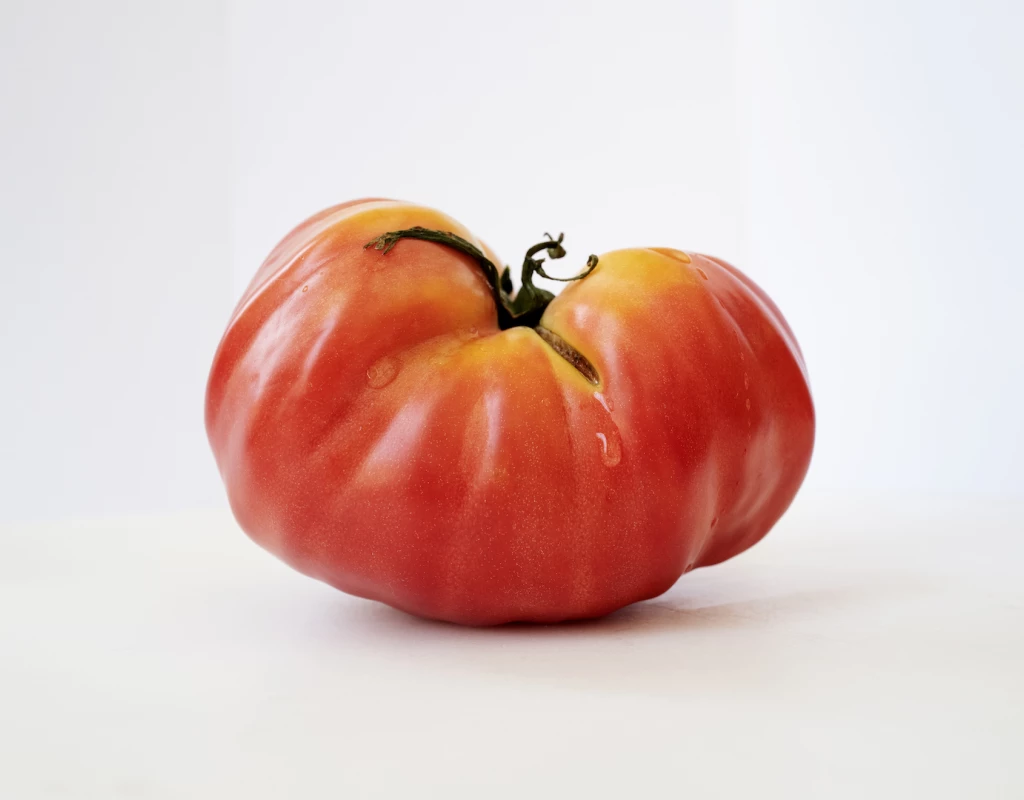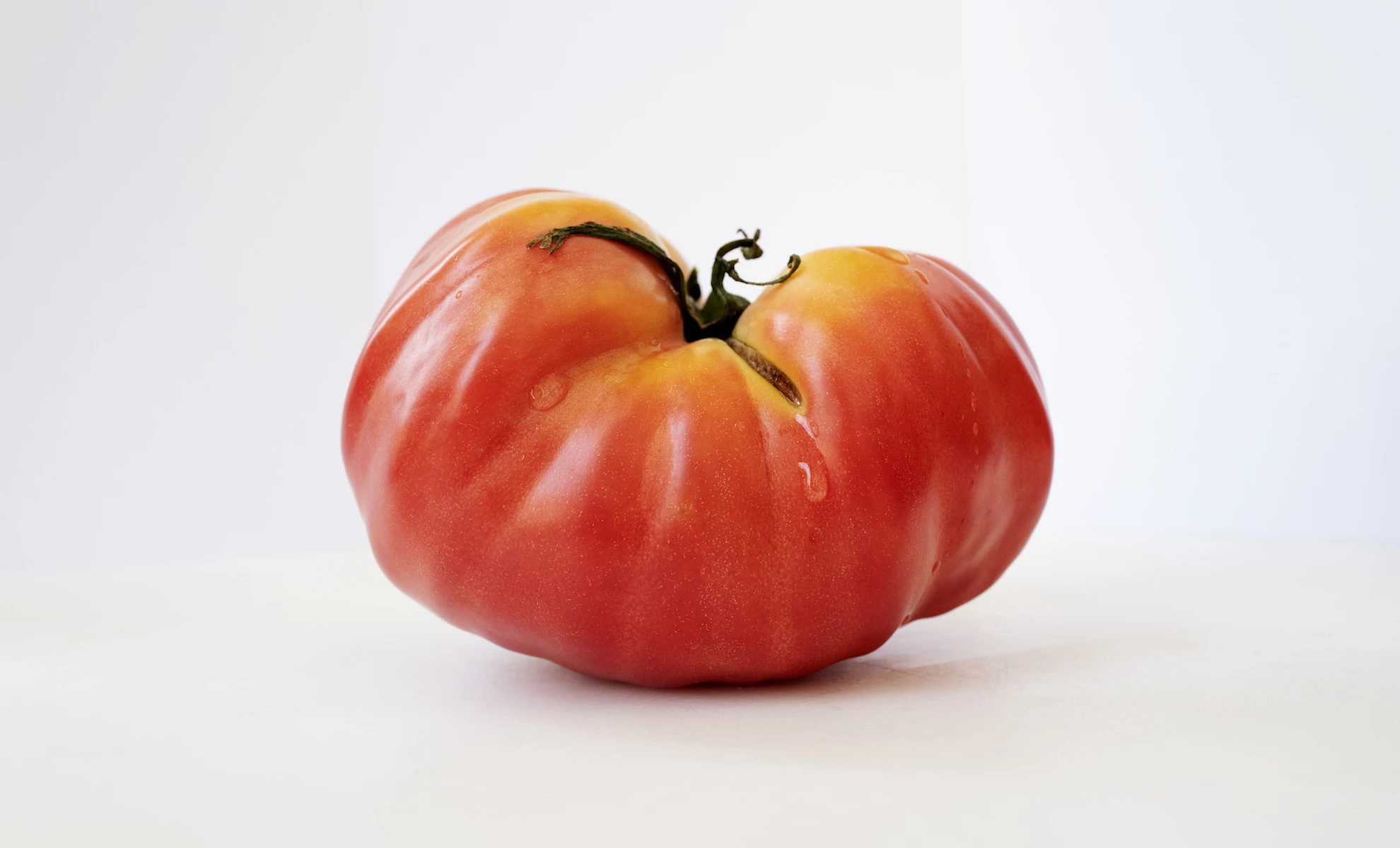Italy is full of tomatoes. Round, roundish, elliptical or elongated shape, there are many varieties and clones that have been grown along the Peninsula over the centuries, especially in the southern regions, where the dry and sunny climate favour the growth of this juicy fruit.
Ph. Anna Monaco - Trentaremi
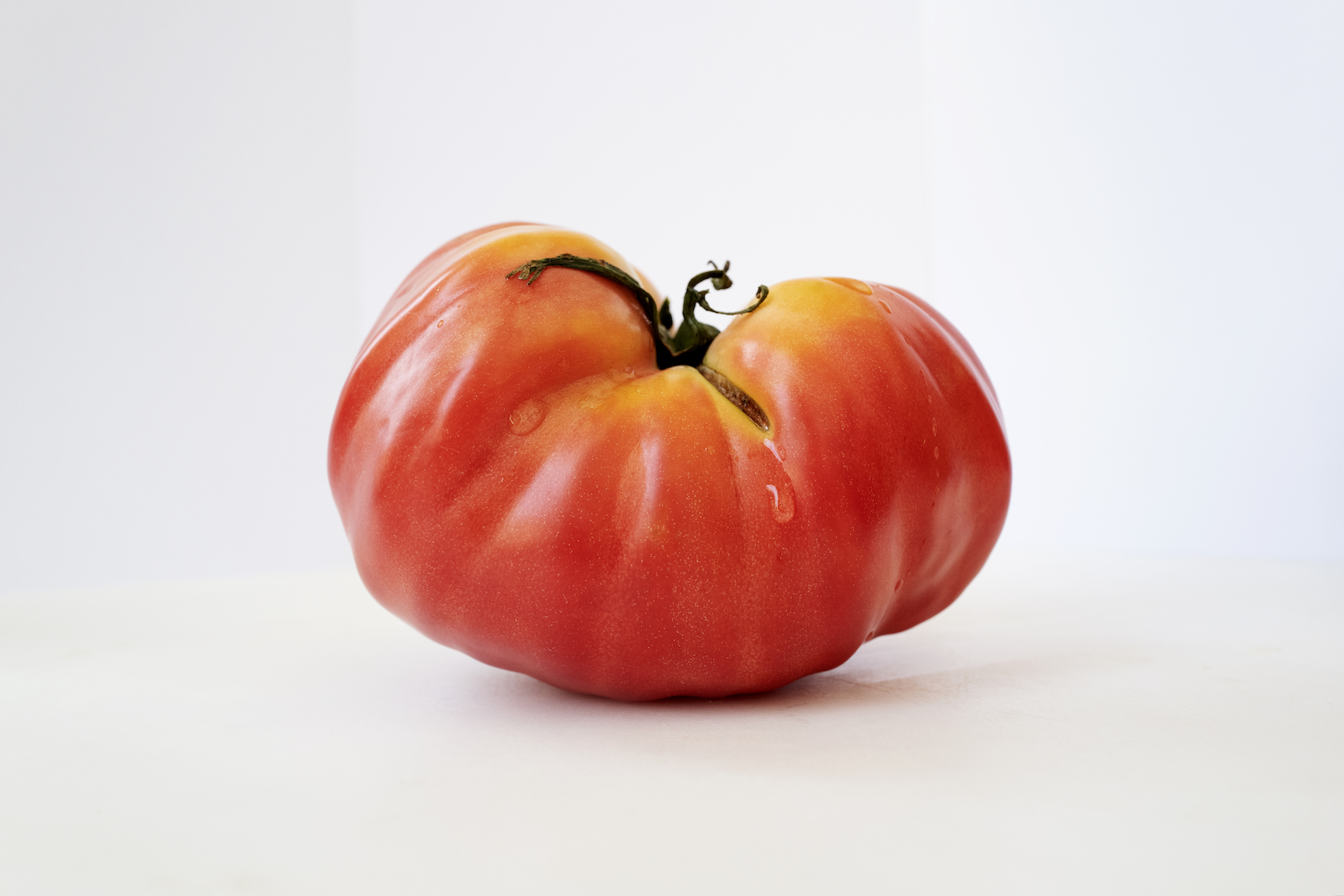
Each tomato tells a piece of our territory, its local history and its traditions. We think of one of the tastiest - and strangely less known - fruits that Campania region gives us: The Tomato of Sorrento. In our hands we have a compact, solid, fleshy fruit, which people would almost like to bite like an apple. This is certainly not a wrong intention: the Pomodoro sorrentino lends itself well to raw recipes, such as the famous caprese salad, made with fiordilatte mozzarella cheese of Monti Lattari (mountain range in Campania), extra virgin olive oil and basil; or the local salad, where basil or oregano, extra-virgin olive oil, salt and wheat-based Agerola biscuits are added to the tomato cut into large pieces and rigorously raw. Due to their consistency, they remind us the most famous "freselle". A dish that, in the Monti Lattari, is often consumed as a summer first course, when it is definitely too hot to cook. The true triumph of the Mediterranean cuisine which is expressed through the roundish size of the fruit, its soft red colour, as well as its sweet and delicate pulp. A heart rich in flavours and aromas that recall the sweet and saline climate of the land of the Sirens.
Typical Caprese | Ph. Anna Monaco - Trentaremi
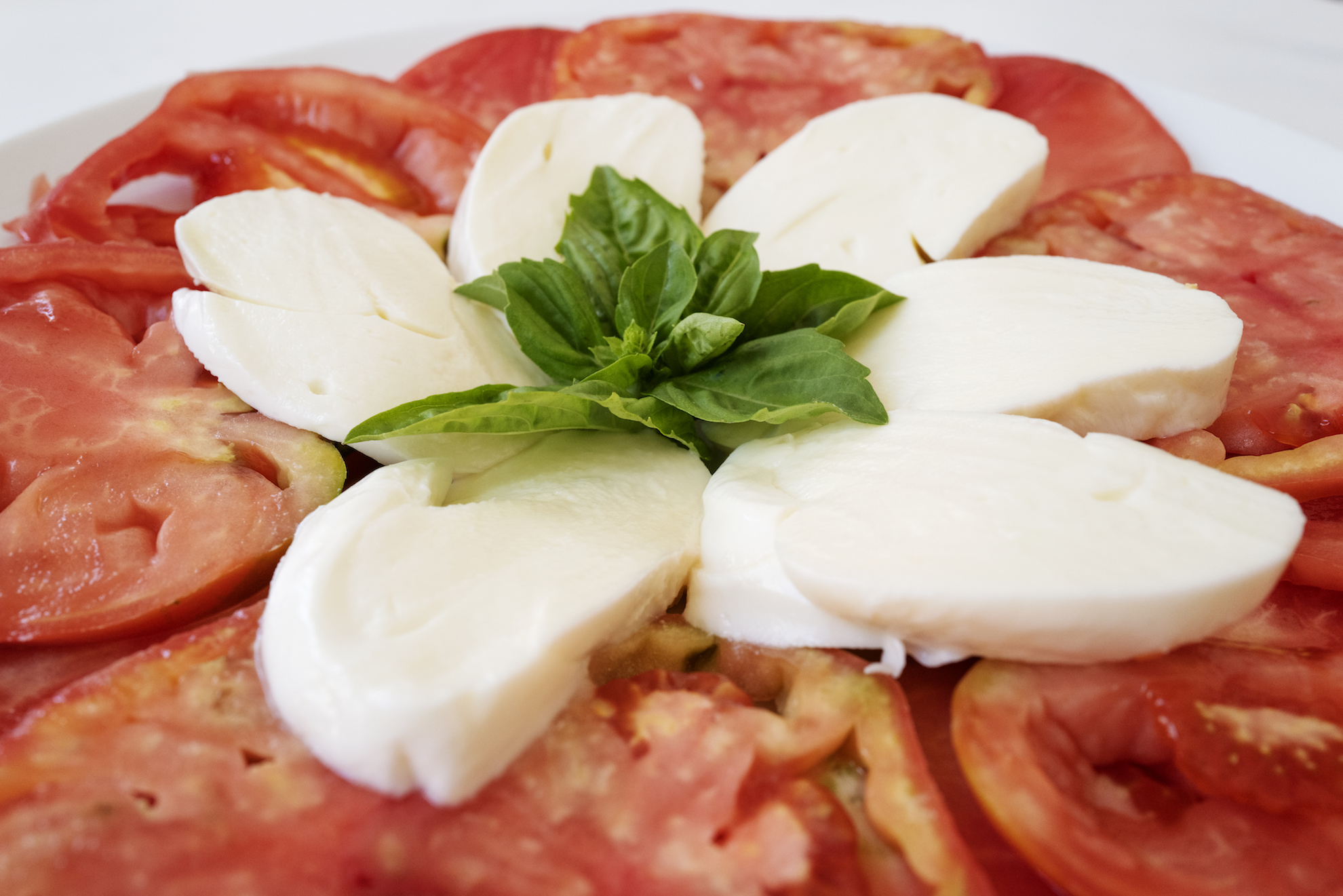
This authentic pearl of the Sorrento Peninsula finds its place of choice - and cultivation - in just two municipalities in the area: Piano di Sorrento and Sant'Agnello, in the area known as the Colli di Fontanelle, where the villas of the shipowners were built. These people's trade was exporting lemons. What does the famous citrus of Sorrento have to do with tomatoes? Simple: a matter of trade. How did this tomato come to be so special in Sorrento? Its plant was not included among the typical crops of the area. On the other hand, the massive use of tomatoes, in Campania cuisine in general, is affirmed only in the first decades of the twentieth century. Before that it was considered an elite consumption, too expensive to be within people's reach.
A tasty tomato salad | Ph. Anna Monaco - Trentaremi
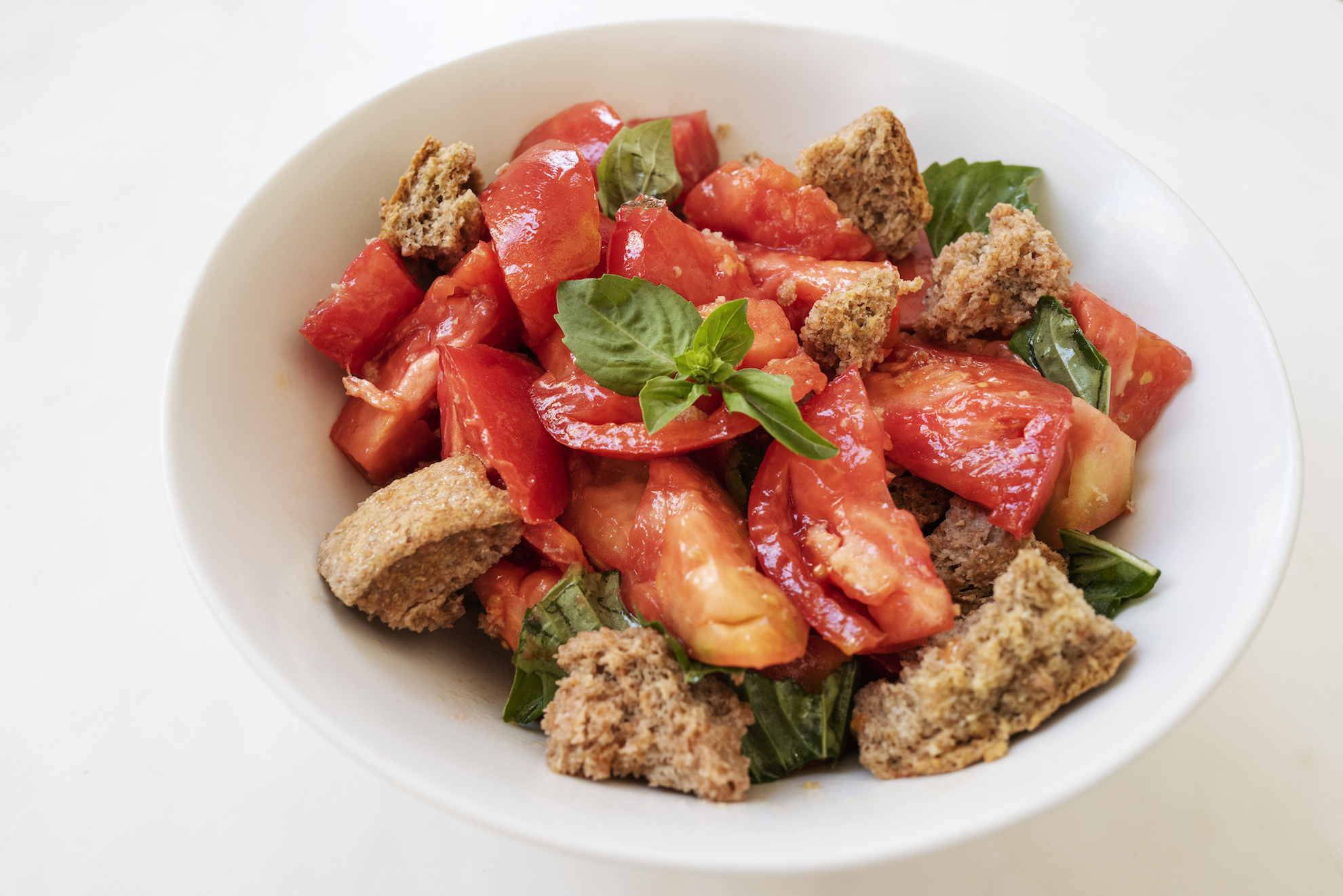
Here our Peninsula owners come into play. Their business, including the import and export of agricultural products, crossed lemons and tomatoes. In practice: they exported the former to the United States and imported the seeds of the latter in return. In short, that of tomato is a relatively recent tradition of the Sorrento Peninsula. In addition to the Colli area, a historic production area, today the plants are cultivated in Montechiaro (the hill overlooking the sea of Seiano), in Alimuri (in the Municipality of Meta di Sorrento) and in the area of Massa Lubrense. The important thing for the consumer is knowing how to beware of imitations. Like any successful gastronomic product, even in this case we find copies that are not entirely compliant with the original, with an acid taste and a soft and watery consistency. The exact opposite of that compact and aromatic fragrance that characterises this garden excellence.
